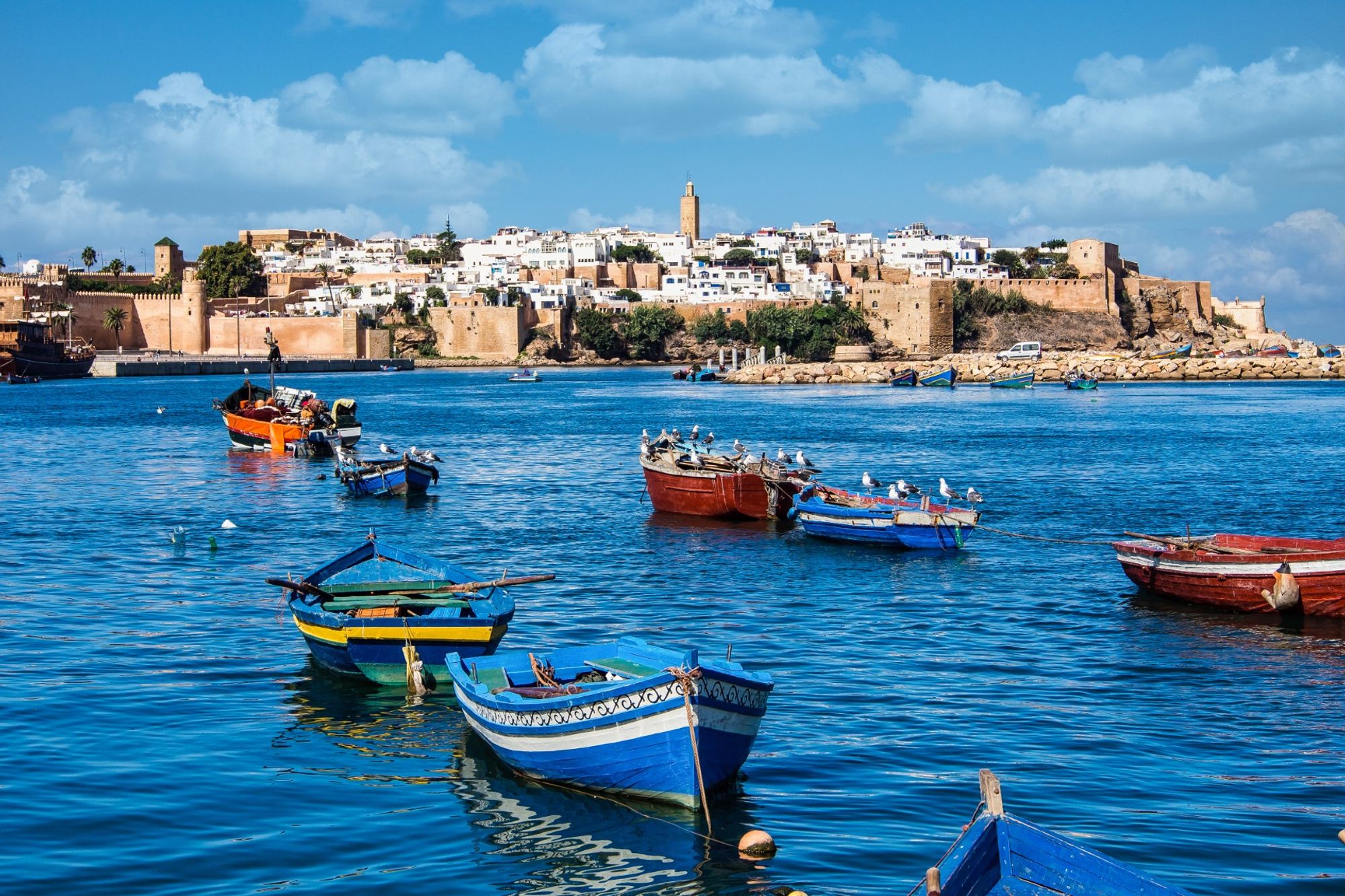Đặt chỗ trực tuyến với những nhà khai thác địa phương Chúng tôi luôn ở bên bạn 24/7 Những câu chuyện của khách lữ hành, dành cho khách lữ hành
Bạn đang rời khỏi hay đang đến Rabat?
Hiển thị thêm
Các nhà ga ở Rabat
Rabat, Morocco
Av. Hassan II, Morocco
Rabat - Sale intl. airport (RBA), Rabat, Morocco
Rabat Agdal Train station, Avenue El Hadj Ahmed Charkaoui, Rabat, Morocco
Rabat Train Station, Ave Mohammed V, Rabat, Morocco
Gare routière Rabat, Avenue Hassan II, Rabat, Morocco
SupratoursTravel, 242V+66 Rabat, Morocco
